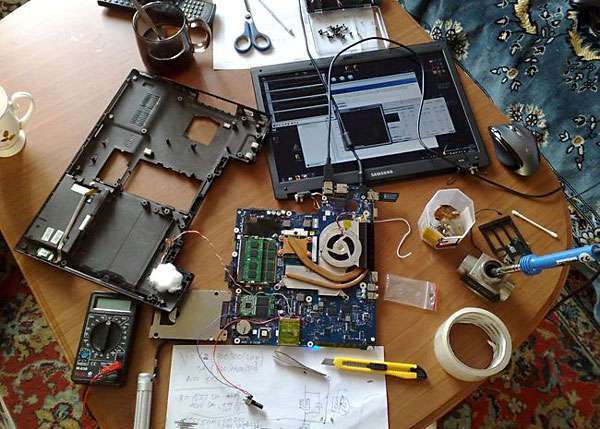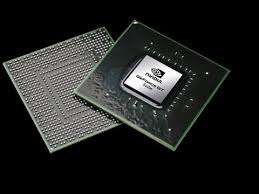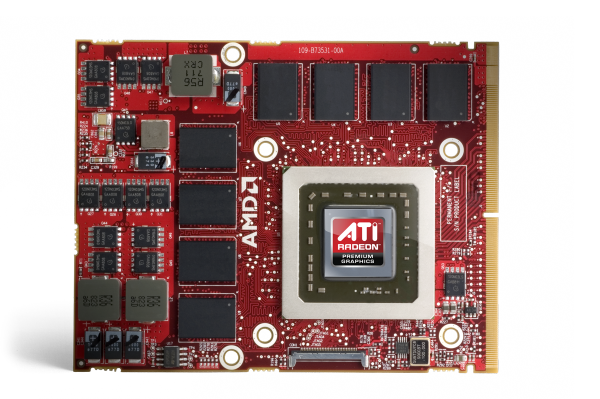Why do you need to overclock your video card?
Overclocking a video card is a procedure aimed at increasing the frequency of the graphics core, as well as memory, to improve the performance of the video system of a personal computer. Trying to understand what overclocking of a video card is and why it is needed, it is advisable to use specialized utilities, which include PowerStrip, RivaTuner. Only a gradual change in the characteristics of a video card in specialized applications makes it possible to understand how safe the final result of a responsible event is. You can also use the BIOS for overclocking by flashing new frequencies, but this method involves the greatest risks, so it is advisable to use safe utilities.
Video card overclocking tasks
Every PC user should understand why overclocking a video card is needed. From the understanding of the tasks set and the real perception of the potential of the device depends on how successful the planned event promises to be.
You need to imagine a situation when one day there are problems with a computer that was bought a couple of years ago. After 2 – 3 years, the computer ceases to perform even 50% of the tasks. At the same time, the needs can correspond to standard levels: enjoying classic computer games, watching movies, video encoding. Soon it is possible to find out that the motherboard does not support new processors and the video card is outdated, so it cannot cope with the assigned work tasks. However… It is impossible to change 50% of computer components. It is in this situation that it is desirable to overclock the video card, which allows you to successfully solve the following tasks:
- the ability to use modern 3D applications and the most advanced games;
- lack of artifacts and computer freezes;
- high-quality graphics and guaranteed dynamics.
Understanding what constitutes overclocking of a video card, what it is for, you need to understand the essence of this important event.
Why is video card overclocking possible?
In most cases, video card manufacturers allow you to successfully overclock them. This situation is due to production specifics. After the release of a batch of processors, tests are mandatory to identify defects and errors, because the results of manufactured devices should not be worse than the indicators that are typical for a reference copy. According to this scheme, processors that did not show the required parameters are eliminated. The manufacturer does not get rid of such products, but lowers the requirements for them and indicates other characteristics. Taking into account such production specifics, one can understand why it becomes possible to overclock computer processors and video cards.
In the future, the characteristics of the device used can be adjusted on the basis of technical data, and the memory speed is measured in each case in nanoseconds. Gradual tuning of the video card allows you to understand on what characteristics stable and high-quality work is possible.
An example of overclocking a video card
Knowing why you need to overclock a video card, it is advisable to understand the features of a responsible event. The basis of the procedure is a gradual increase in the frequency of the core and memory with regular testing of the video card for the stability of the workflow.
Watch a video about the benefits of overclocking a video card.
You need to understand that only the correct conduct of the event and regular checks after setting up the video card will allow you to successfully overclock.
The video card should not work at excessively high specifications, because overclocking turns out to be a dangerous task.
Undesirable signs indicating overclocking:
- artifacts that appear on the monitor screen when working in 3D applications;
- the appearance of "knocked out" pixels;
- lack of textures or stripes;
- image freeze.
When overclocking, you should return the settings a couple of points lower, since the video card should still work stably. Overheating of the graphics core will not allow you to note the effectiveness of the procedure. In addition, overclocking can significantly reduce the life of a video card … And this is not to mention the fact that artifacts on the monitor screen will not allow you to enjoy high-quality graphics.
Only the correct overclocking of the video card will make it possible to understand why this event is still required.



